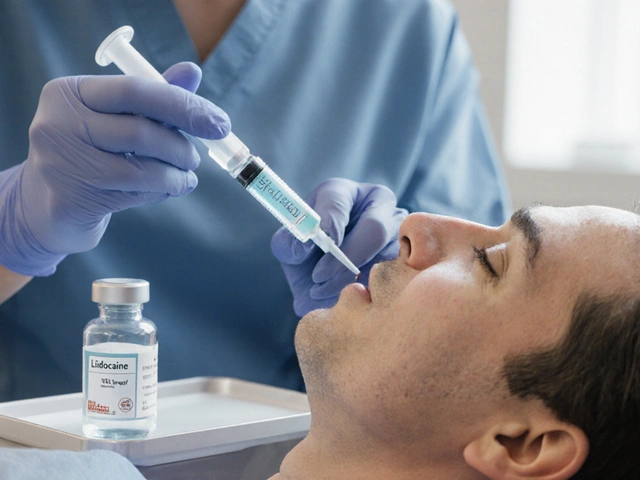Nizatidine Alternatives: Your Practical Guide
If you’ve been told to stop taking nizatidine or it’s not working for you, you’re not stuck. Lots of other drugs can calm stomach acid, and many are easier to get or have fewer side effects. Below we break down the most common prescription swaps, the over‑the‑counter picks, and simple habits that help your gut feel better.
Common Prescription Alternatives
Famotidine (Pepcid) is the go‑to H2 blocker for many doctors. It works the same way as nizatidine but is available in higher doses and has a solid safety record. Most people start with 20 mg once or twice daily, and it’s often enough to control heartburn without making you feel drowsy.
Cimetidine (Tagamet) is another H2 blocker that’s been around for decades. It’s cheap and can be taken 200 mg twice a day. The downside is that it can interact with a few other meds, so double‑check with your pharmacist if you’re on blood thinners or certain antidepressants.
Ranitidine (Zantac) used to be popular, but many versions were pulled because of a contaminant issue. If your doctor still prescribes a ranitidine brand that’s been cleared, ask why and consider safer options like famotidine.
Omeprazole (Prilosec) and other proton‑pump inhibitors (PPIs) are a step up in strength. They block the final stage of acid production, giving stronger relief for severe reflux. A typical dose is 20 mg once daily before breakfast. PPIs are great for healing esophagus damage, but long‑term use can affect calcium absorption, so they’re best for short bursts or under doctor supervision.
Esomeprazole (Nexium) works like omeprazole but has a slightly longer lasting effect. Some patients feel better on the “Nexium” version, especially if they have nighttime heartburn.
Over‑the‑Counter and Lifestyle Choices
Even if you skip a prescription, you can still tame acid with OTC products. Antacids such as calcium carbonate (Tums) neutralize acid quickly and are useful after a big meal. They don’t last long, but they’re safe for occasional use.
H2 blocker OTCs like famotidine 10 mg tablets give moderate relief without a doctor’s note. They’re handy for people who want a quick fix without a refill hassle.
Besides meds, a few habit tweaks can make a big difference. Eating smaller meals, avoiding coffee, chocolate, and spicy foods, and not lying down for at least two hours after eating can cut the reflux trigger. Raising the head of your bed by 6‑8 inches helps keep acid down while you sleep.
Weight loss, even a modest 5‑10 % drop, often reduces pressure on the stomach and eases symptoms. If you smoke, quitting can improve the lower esophageal sphincter tone, which means less acid slipping back up.
Finally, keep an eye on any new symptoms like difficulty swallowing, sudden weight loss, or persistent vomiting. Those could signal a more serious issue that needs a full work‑up.
In short, you have plenty of choices if nizatidine isn’t right for you. Talk to your doctor about famotidine, cimetidine, or a short course of a PPI, and try simple diet and posture changes to boost the effect. With the right mix, you can keep your stomach happy without relying on a single drug.
How and Where to Buy Nizatidine Online in 2025 (UK, US, EU)
Clear, safe steps to buy Nizatidine online in 2025, with UK-first guidance, prices, legal checks, availability by region, and practical alternatives if it’s out of stock.






